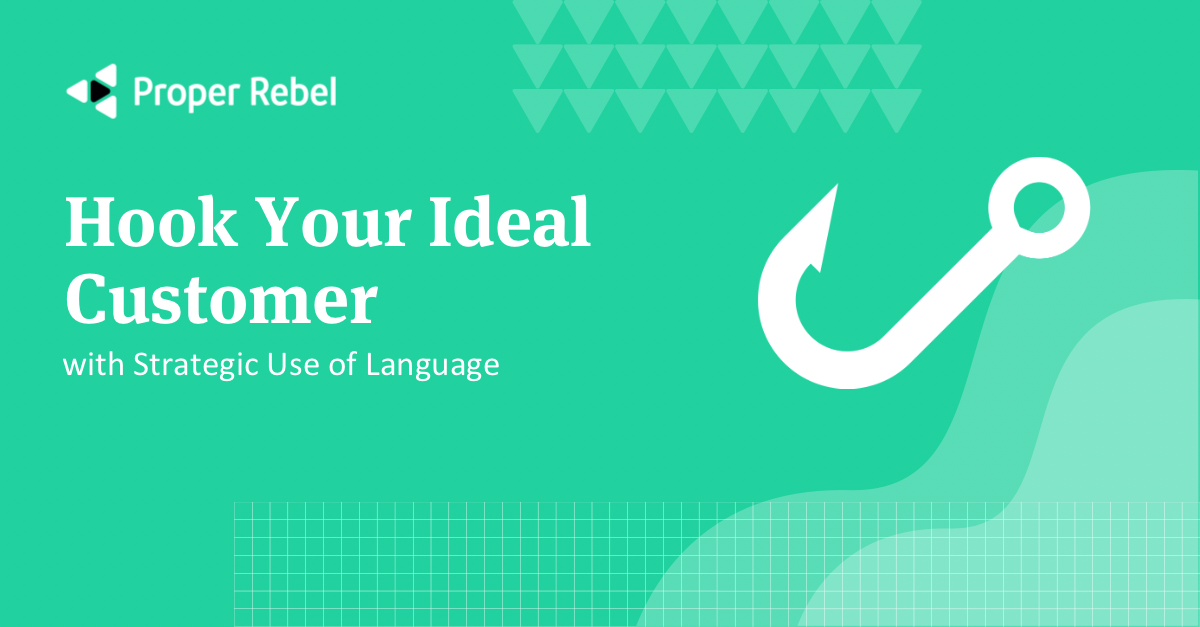
Product/market fit is a well-tested and universally understood concept among the product management and marketing communities. However, if the audience can’t see how the product solves their “unknown need” from a 30-second pitch or three-sentence-long email, or social media post, how will your company gain the traction it needs to solve problems at scale?
Many Marketers and Product Marketers (PMMs) are currently testing the hypothesis that maybe it’s not “what product is marketed” but moreso “what language is used to market said product.” This prompts a new focus on what is called “language/market fit.”
In marketing, it takes more than the right tools to get the job done. Many young startups follow the pattern of blasting out social media posts and paying thousands for Facebook and Google ads that end up not paying for themselves — believe us, we’ve seen it done. Marketers run in circles trying to fill their sales team’s pipeline with promising leads, yet the only person who can make an actual sale is the founder him or herself.
However, on the other side, we have messaging that uses the same language that the audience uses to name their problems and pain points. This has proven to deliver anywhere between 8% and 40% conversion rates. Why? Because it reassures those who are already convinced, convinces those who are desperate for a solution, and piques the interest of everyone else.
So, how do you reach language/market fit? Minimize HubSpot, Salesforce, and your other expensive marketing tools and go back to the basics.
Below are the first four “must-follow” steps if you’re a copywriter or product marketer who wants to meet your audience where they’re at, get them hooked, and fill your pipeline with qualified leads.
1. Understand their pain points
Understand every aspect of where your audience’s pain resides. What is their final goal? What problems are they trying to solve? What are their worries or doubts? What other products or services have they tried?
Tip: The quickest way to understand the customer is to interview your current and ideal clients.
2. Test
Draft and run social, email, and campaign messaging based on what you learned from your information gathering and see what sticks.
3. Determine comprehension
Conduct another test to see if your copy (headline, social post, etc.) is clear and helps audiences immediately understand a pain point solved by your product. By reading your headline, can people tell what your product is and what problems it solves? If not, then revisit step 2 and adjust.
4. A/B test where the traffic is heavy
Landing page A/B testing is a longtime best practice, but it relies on generating a decent amount of traffic. Instead, create an A/B test for social media ads that consists of two distinct sets of language, messages, and offers.
Tip: A/B testing should focus on the difference between the headline, offer, and design. Keep it simple and be strategic in order to determine a clear “winner.”
A final note on use of language
When reading a piece of copy, ad, or product sheet, a reader must be able to recognize the words used as the words they typically use to describe their pain points and desires.
A simple test: If your headline completes the sentence “Our product is…” you’re not using their words. If your headline completes the sentence “Now you can ______” or “I wish I could _____” or “Someday I hope to _____” then your language might resonate.
Be strategic, conduct research, and find language that fits your market.
Share this Post